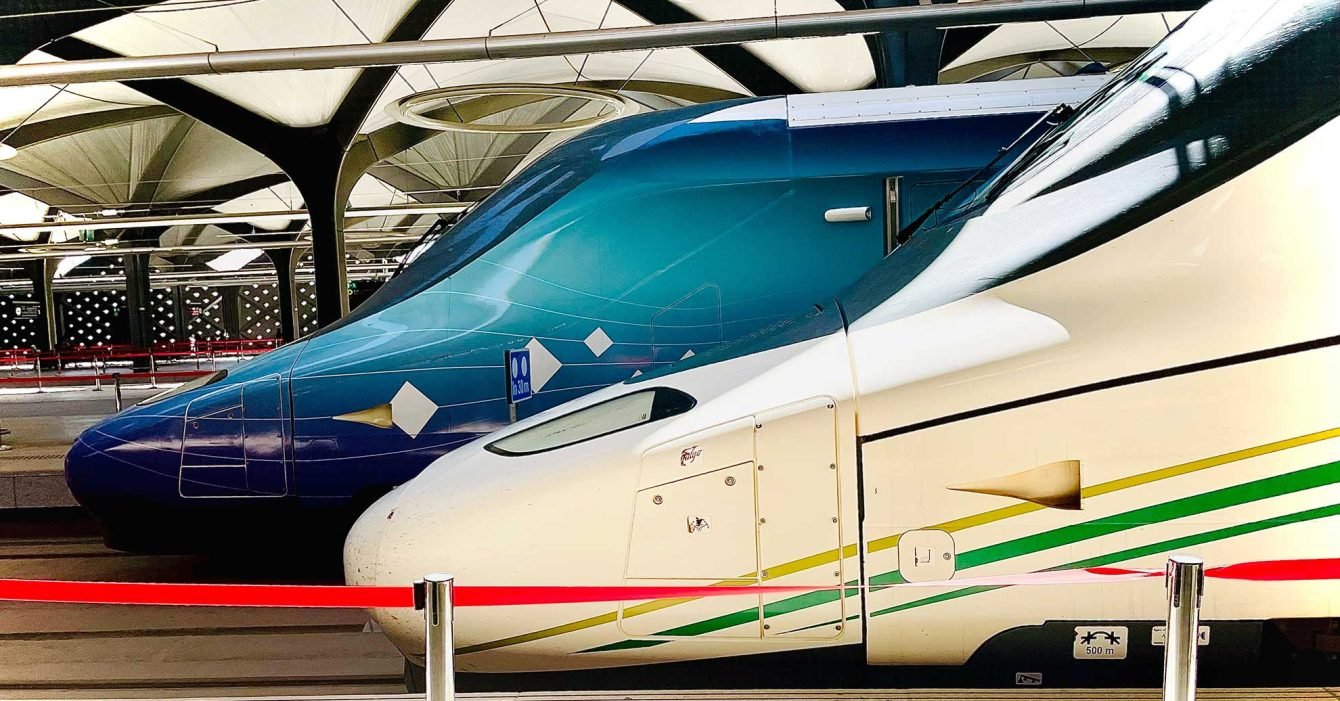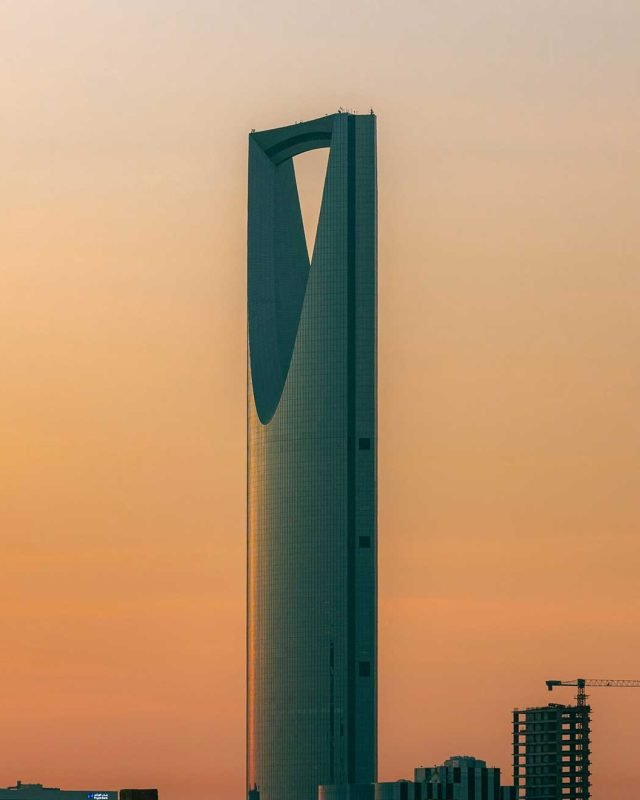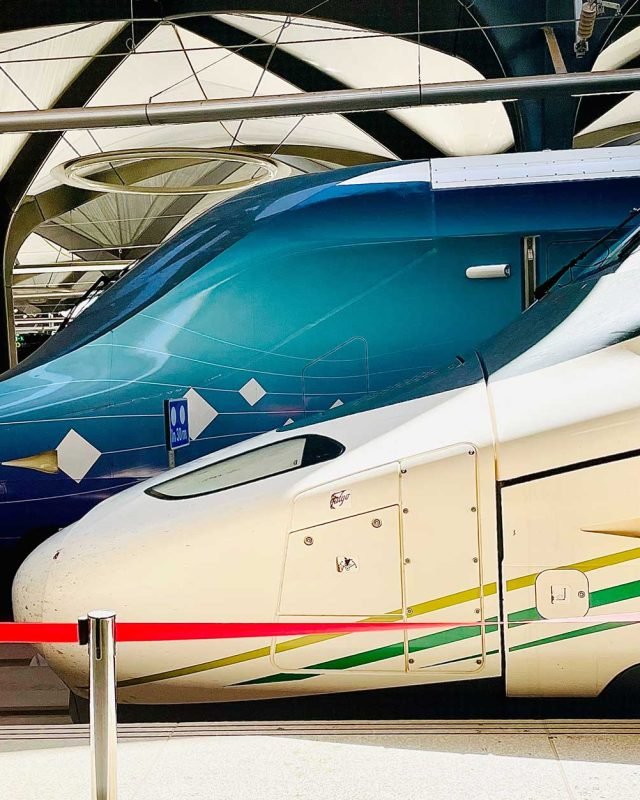Saudi Arabia’s high-speed rail network is not just a transportation system; it’s a transformative force that’s connecting cities, boosting economic growth, and redefining travel experiences within the Kingdom. This article delves into the high-speed rail revolution, exploring its ambitious vision, notable achievements, and the profound impact it’s having on Saudi Arabia’s urban landscape.
Visionary Transportation Transformation: A Cornerstone of Saudi Vision 2030
Saudi Arabia’s high-speed rail network is an integral part of its ambitious Saudi Vision 2030. This visionary plan aims to diversify the Kingdom’s economy, reduce its reliance on oil revenues, and improve the quality of life for its citizens. At the heart of this transformation is the development of an advanced transportation infrastructure that seamlessly connects cities and regions.
The Haramain High-Speed Rail project, for example, is central to the Kingdom’s high-speed rail revolution. This remarkable endeavor links the holy cities of Makkah and Madinah with Jeddah and King Abdullah Economic City. With trains traveling at speeds of up to 300 kilometers per hour, the Haramain High-Speed Rail has significantly reduced travel times between these cities. A journey that used to take hours by road can now be completed in a matter of minutes, offering passengers unparalleled comfort, speed, and convenience. Moreover, the train stations themselves are architectural wonders, blending modernity with the Kingdom’s rich cultural heritage.
Boosting Economic Development
The high-speed rail network isn’t just about getting from point A to point B quickly; it’s a catalyst for economic growth. The improved connectivity between cities encourages tourism, business travel, and trade, driving economic development along the rail corridor.
The Haramain High-Speed Rail has facilitated the movement of pilgrims and tourists, making it easier for them to visit the holy cities of Makkah and Madinah. Additionally, it has enhanced the logistics and distribution capabilities of businesses along the rail route, reducing transportation costs and increasing competitiveness.
Sustainability and Environmental Benefits
Saudi Arabia’s high-speed rail network aligns with global efforts to reduce carbon emissions and promote sustainable transportation. By offering a fast and efficient alternative to road travel, it contributes to a greener and more eco-friendly future.
The electric trains used in the Haramain High-Speed Rail produce significantly fewer emissions than traditional gasoline-powered vehicles. This transition to cleaner transportation aligns with Saudi Arabia’s commitment to environmental sustainability.
Enhancing Quality of Life
Beyond economic and environmental benefits, the high-speed rail network enhances the overall quality of life for Saudi citizens and residents. It reduces traffic congestion, offers a comfortable and convenient mode of travel, and fosters a sense of unity among cities and regions.
Commuters can now travel between cities for work or leisure with ease, eliminating the stress of long commutes and traffic delays. Families and individuals have more flexibility to explore different parts of the Kingdom, strengthening cultural and social ties.
The Promising Path Ahead
As Saudi Arabia continues to invest in its high-speed rail infrastructure, the future appears exceedingly promising. Plans for expanding the network and connecting more cities are already in motion.
In conclusion, Saudi Arabia’s high-speed rail network is more than just a mode of transportation; it’s a testament to the Kingdom’s commitment to progress, economic development, and sustainability. The high-speed rail revolution aligns seamlessly with Saudi Vision 2030’s goals and stands as a symbol of Saudi Arabia’s dedication to modernization and connectivity. With each mile of track laid and each station inaugurated, the Kingdom is forging a brighter and more connected future for its people and the world.




